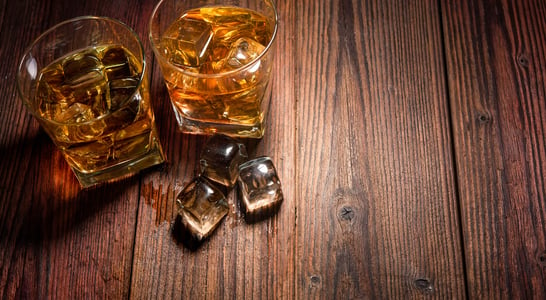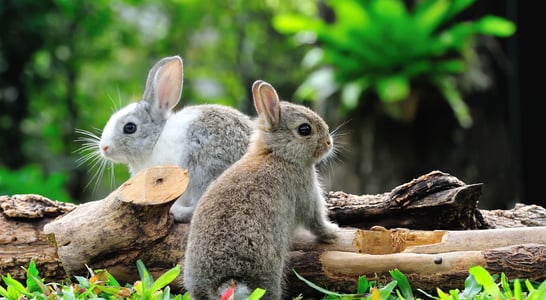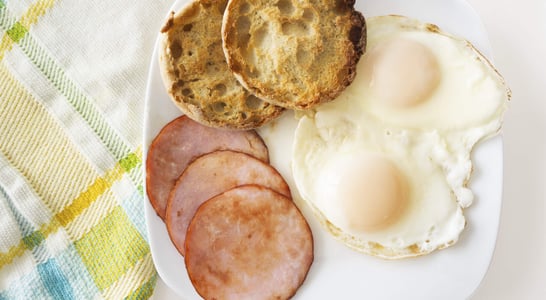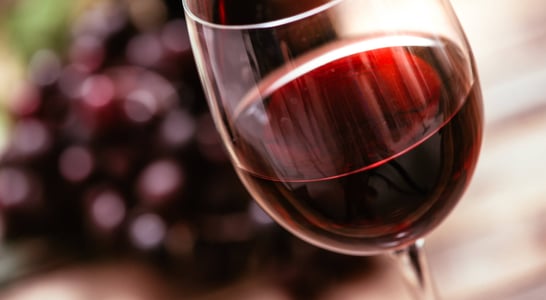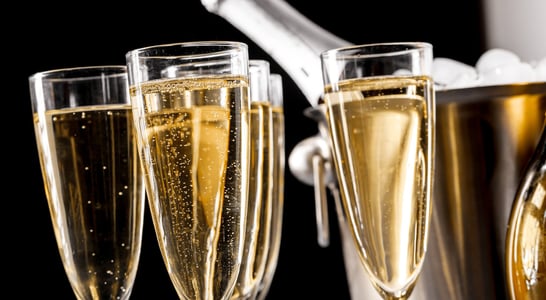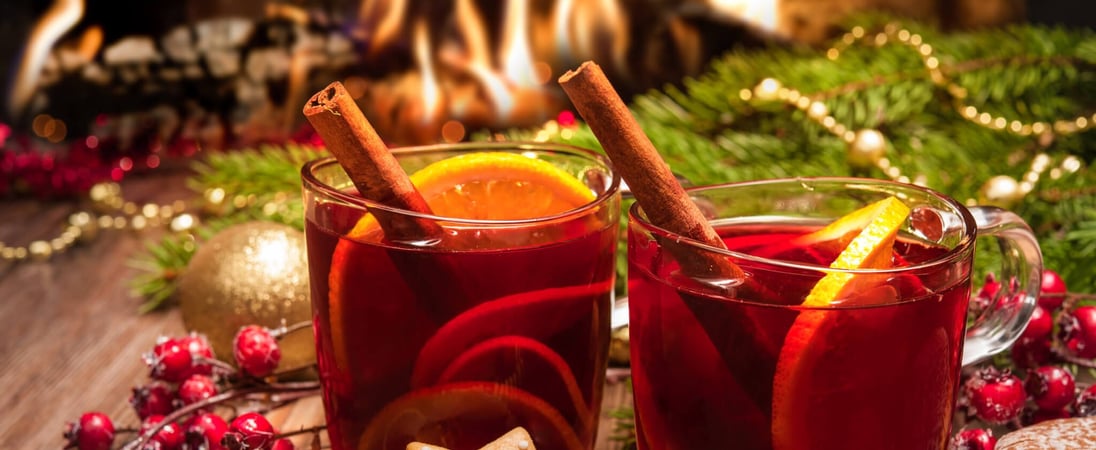
National Mulled Wine Day
Sipping on a warm, spiced concoction that perfectly captures the cozy essence of chilly days—what a delightful way to unwind!
Mulled wine must certainly be one of the most delicious ways to serve up a beyond-the-ordinary, cheeky glass of red. The term “mulled” simply means that the wine has been heated and spiced.
Laden with spices and fruit, mulled wine brings out the natural sweetness of the alcoholic drink and gives it an extra bit of spicy flavor. On a chilly night, curling up with a warm cup of this tasty liquid, ideally by a cozy fire, acts as the perfect tonic to those dark, end-of-winter blues.
How to Celebrate National Mulled Wine Day
Taking some time out to celebrate the lovely experience that mulled wine brings to life is what National Mulled Wine Day is all about. Of course, the first order of business is to enjoy a steamy mug of the delicious beverage. However, other delightful ideas for celebrating the day include:
Try a Hand at Making Mulled Wine
It can be quite easy to rustle up mulled wine at home for those who are feeling creative. And it’s not at all difficult to make, either.
All that is required are some basic ingredients, including; red wine, sugar, lemon and orange peel, cloves, and cinnamon. Many people also like to throw in a dash of vanilla extract for an extra sweet and flavorful kick.
To make, fill a pot with the ingredients and gently boil them all together – but make sure not to boil it too long, or the alcohol will be completely burned off!
For those merry-makers who don’t drink alcohol, mulled wine is just as tasty with the offending article evaporated away, so that certainly an option for those who prefer. In fact, starting out with juice or apple cider (non-alcoholic) instead of wine can accomplish the same thing.
For an even easier hack, use a slow cooker that will keep the joyous drink warm in a simple, safe way for many hours.
Host a Mulled Wine Gathering
Normally, mulled wine tends to come in second place to something other feature at a party. It usually accompanies a treat such as mince pies or Christmas cookies. But on National Mulled Wine Day, this drink gets a chance to shine on center stage.
Why not have some friends or coworkers over to join in on the fun after work? Throw some logs on the fire. Have plenty of warm, throw blankets to share.
Offer some appetizers or sweet treats, and let the warm mulled wine flow! It might be fun to share stories and memories of times when mulled wine was included in favorite winter festivities.
Whether the wine is homemade or pre-purchased, the fun of it is the family and friends who gather around and cozy up to a nice hot mug that will warm them from the inside out.
Visit a Winery or Vineyard
Visiting a winery for National Mulled Wine Day could be a fun activity for the day! Some wineries and vineyards like to offer their guests special prices, exclusive access to tastings, or other unique offerings especially for the event.
So take a look at listings to see what is available from a nearby winery or vineyard. Then, grab a friend, coworker, or family member and get ready to shake off the chill of those final days of winter by celebrating National Mulled Wine Day.
History of National Mulled Wine Day
It’s unclear exactly when mulled wine started to make an appearance on people’s dinner tables and in bars, as these things often happen gradually and without much fanfare.
However, the first recorded spiced wine is said to have been made in Rome around the 2nd century. Other historians indicate that this drink may have been called “Hipocris”, named after Hippocrates, the ancient Greek physician.
As the Romans progressed across Europe, they took their recipes with them – so it might be that people have Rome to thank for the development of this popular drink.
The first mention of mulled wine in a cookbook is found in The Forme of Cury, a medieval cookery book from England that has been dated to as far back as 1390!
That is a very, very old cookbook! The recipe in this ancient manuscript calls for red wine and sugar, mixed up with ground cinnamon, ginger, pepper, nutmeg, cardamom, and cloves, among other spices.
Mulled wine is especially popular in the United Kingdom, where it is enjoyed most frequently during the winter months when the outside chill is more than a little sharp. A similar drink can be found in German-speaking countries, named Gluhwein, which translates roughly as ‘glow-wine’ and calls for much of the same ingredients.
For an even more spectacular version, though, try out Feuerzangenbowle, which calls for a rum-soaked sugarloaf to be set on fire and allowed to drip into the waiting wine!
In Nordic countries, it is possible to get hold of what is called ‘Glogg’, another mulled wine variant that is usually served with ginger biscuits in the cold months of the year, especially during the Christmas season.
Even though it doesn’t usually get that cold in their country, Italians enjoy the drink and like to add a bit of honey to sweeten it.
In fact, in most European countries, it’s easy to find at least one variant of mulled wine to try. While almost any Christmas market in Europe will have mulled wine or mulled cider on offer, it can also be fun to serve at home.
National Mulled Wine Day is the perfect time to celebrate and enjoy this tradition that goes back hundreds of years.
National Mulled Wine Day FAQs
How did mulled wine evolve from a medicinal remedy to a festive drink?
In ancient times, people believed that adding spices to wine enhanced its health benefits.
Over centuries, this practice shifted from medicinal use to a cherished holiday tradition, especially in Europe.
What unique ingredients do different cultures add to their versions of mulled wine?
While common spices include cinnamon and cloves, some cultures add unique twists. For instance, in Moldova, mulled wine often features black pepper and honey, creating a distinctive flavor profile.
Is there a non-alcoholic version of mulled wine?
Yes, many cultures prepare non-alcoholic mulled beverages.
For example, in Russia, a traditional drink called sbiten combines hot water, honey, and spices, offering a similar warming experience without alcohol.
How did Charles Dickens influence the popularity of mulled wine?
Charles Dickens’ works, notably “A Christmas Carol,” featured mulled wine, boosting its association with Christmas festivities in Victorian England.
This literary connection helped cement its place in holiday traditions.
What are some unusual myths or misconceptions about mulled wine?
A common misconception is that boiling mulled wine removes all its alcohol content.
In reality, while some alcohol evaporates during heating, a significant amount remains, especially if the wine isn’t boiled for extended periods.
How do different countries name their versions of mulled wine?
Mulled wine goes by various names worldwide. In Germany, it’s “Glühwein,” translating to “glow wine,” referencing the glowing hot irons once used to heat it.
In Sweden, it’s known as “glögg,” a staple during the Christmas season.
Are there any festivals dedicated to mulled wine?
Yes, several European Christmas markets feature mulled wine as a central attraction.
For instance, the Wroclaw Christmas market in Poland is renowned for its affordable and delicious mulled wine, drawing tourists from around the world.
How has mulled wine been portrayed in literature and art?
Beyond Dickens, mulled wine appears in various literary works and artworks, symbolizing warmth and festivity.
Its presence in cultural narratives underscores its enduring role in social gatherings and celebrations.
What are some modern twists on traditional mulled wine recipes?
Contemporary variations include using white wine instead of red, adding exotic spices like star anise, or incorporating fruits such as cranberries for a tart flavor.
These innovations offer fresh takes on the classic recipe.
How do different regions in the same country vary their mulled wine traditions?
In Germany, regional differences influence mulled wine recipes. For example, in the Rhineland, locals often add a shot of rum or amaretto to their Glühwein, enhancing its warmth and flavor.
Also on ...
View all holidaysInternational Irish Whiskey Day
Savoring that smooth, amber-hued spirit with a rich heritage, evoking the warmth of tradition and the charm of Irish culture.
World Wildlife Day
Nature's untamed wonders are always captivating, from the majestic beasts of the savanna to the tiny creatures in your backyard.
National Canadian Bacon Day
This savory meat is a breakfast staple, often served with eggs and toast. It's a delicious and protein-packed way to start your day!
We think you may also like...
National Red Wine Day
Rich, velvety flavor and bold notes — this drink is the perfect complement to any occasion, from an elegant dinner to a cozy night in.
Global Champagne Day
Bubbly, often used for celebrations, with a touch of elegance and effervescence, it's the classic way to toast to good times.
